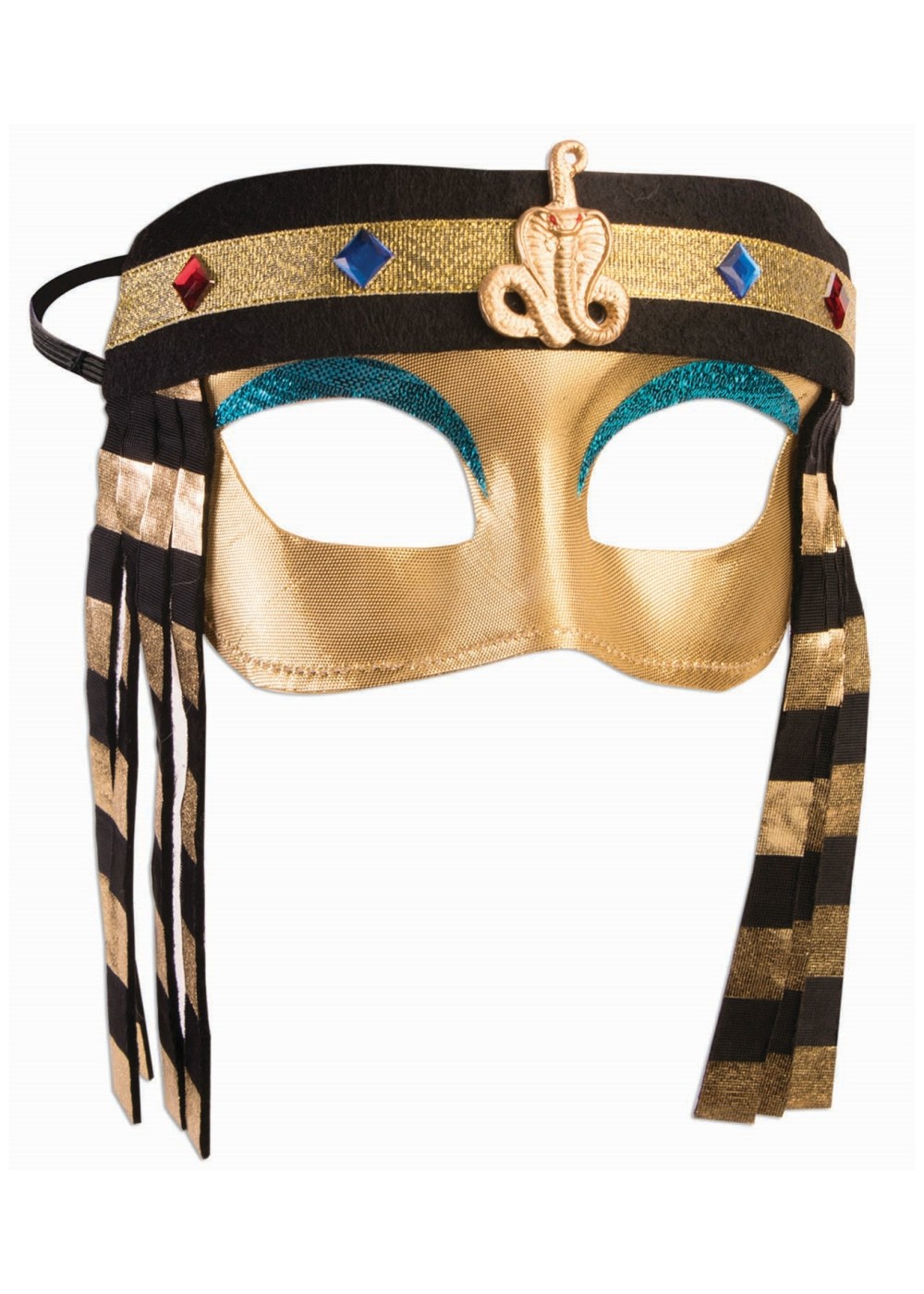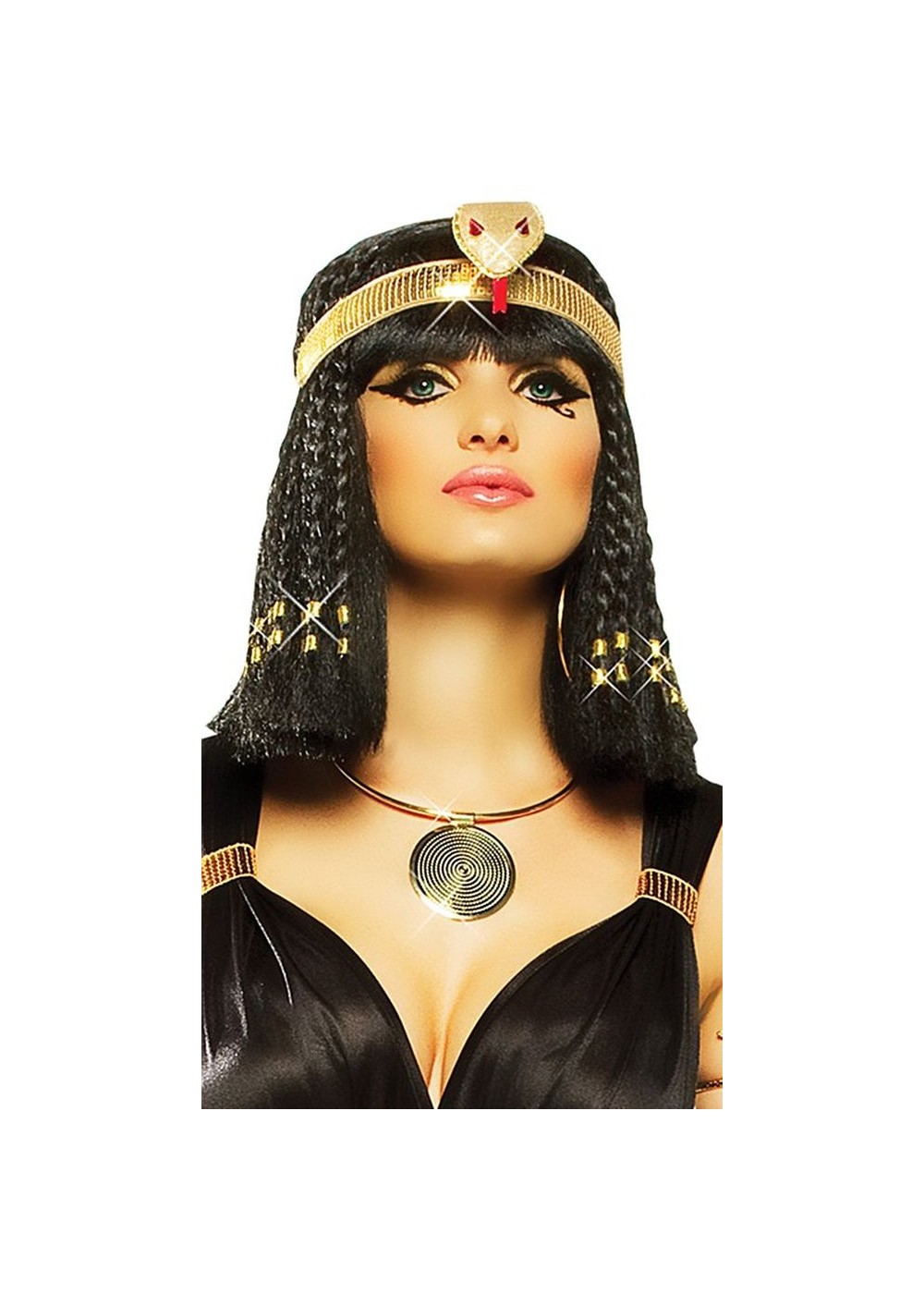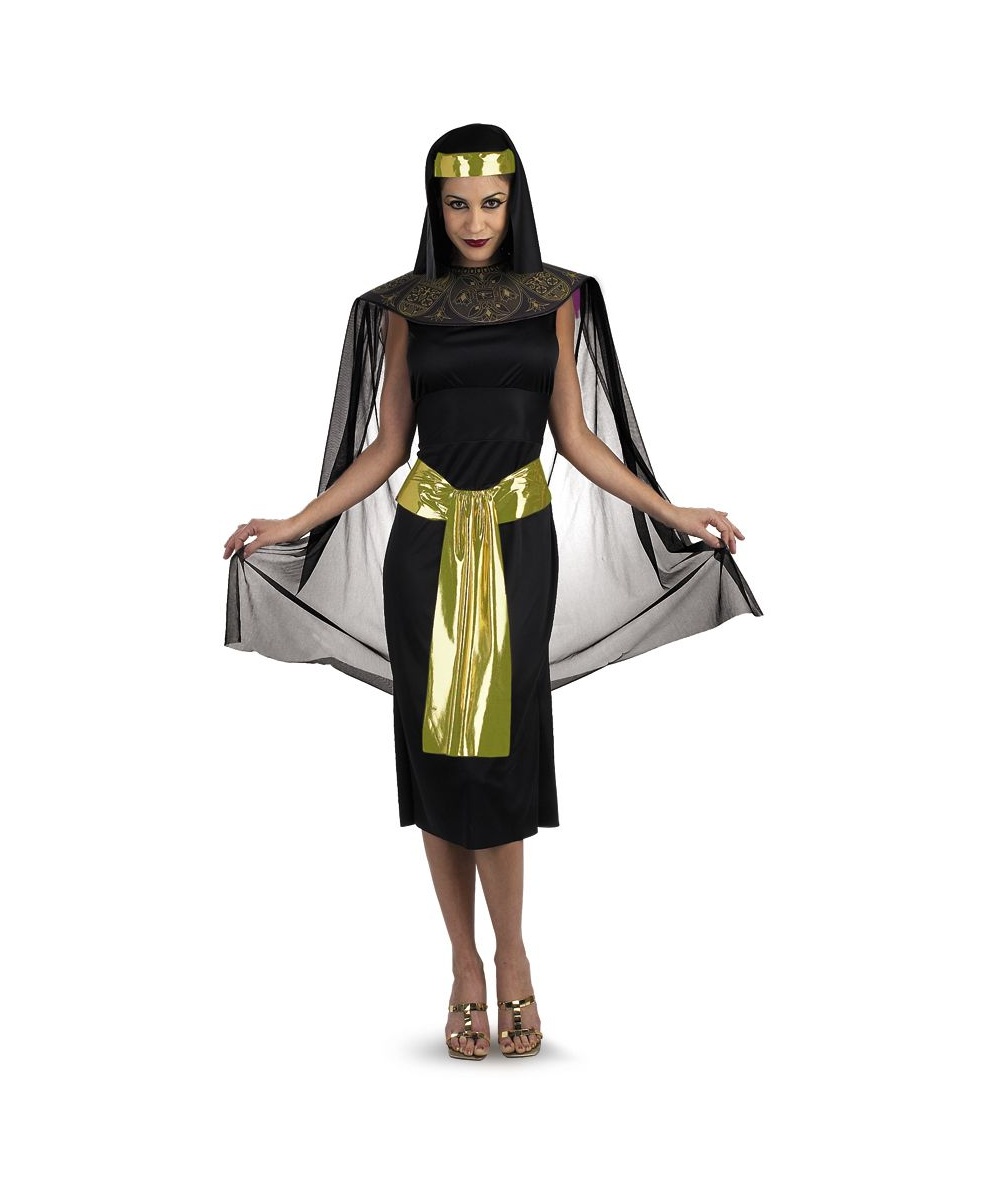-
Hatshepsut: The Forgotten Pharaoh
By Alec Leon
When most people think of female pharaohs, they immediately think of Cleopatra in her braided wig and Usekh collar. However, there is a previous pharaoh residing in the shadows of Cleopatra's success. So much in the shadows in fact, that even Cleopatra didn’t know about her. Her name is Hatshepsut and she’s the first woman to grab full control of the title of Pharaoh. A few women came before her, but they co-ruled or served as regent to pharaohs too young to rule themselves. Playing second banana to a baby wasn’t enough for Hatshepsut; she wanted more, and Egypt was all the better for it.
Hatshepsut was married to Thutmose II, who ruled as pharaoh for only about 14 years before kicking the bucket, very likely due to a plague (the corpse he left was nasty to say the least, even after being embalmed). With his death, Egypt's rule was left in the hands of Hatshepsut’s step-son; Thutmose III. Seeing as it’s very difficult to rule a country in your infancy, Hatshepsut acted as his regent. After 3 years she decided she could do better and took on the full title of pharaoh, and all power associated with it.

Despite the fact that Egypt treated its women relatively better than most ancient civilizations, a female pharaoh was still highly controversial and disliked. As a result, Hatshepsut had to work hard to demand respect. To do that, she claimed that Amun himself had impregnated her mother, which made her a daughter of a god. Considering pharaohs were placed in power under divine right, it was a pretty convincing argument to those that believed it. To further legitimize her position she also portrayed herself as a man. Hatshepsut donned the Nemes headdress, Shendyt kilt, and fake beard typically associated with male rulers (click to learn more about Egyptian outfits). She also insisted to be depicted as male in all royal artwork, and dropped the t at the end of her name that discerned her as a woman. This embracing of masculinity is one of the factors that lead to the confusion of her gender by historians.
Alongside her fight for power, Hatshepsut was also known for bringing incredible wealth into Egypt with her trade route projects, as well as launching building programs to make up for all the damages wrought by recent invasions from Hyskos. As a pharaoh, she was considered massively successful.
After 20 years of reign, Hatshepsut died, very likely of bone cancer—from cancerous skin lotion. Upon her death, the now grown Thutmose III took her place. So how did Thutmose III and the people of Egypt pay tribute to the great builder Hatshepsut? They destroyed almost all mention of her name and any image depicting her. Hieroglyphics were smashed into obscurity, busts were dashed from history, and paintings were obliterated from existence. If you think you know what it means to be an ungrateful son, think again.

An ancient Egyptian success story if there ever was one; Hatshepsut was a young single mother with severe health issues, who took control of the entire country that she led to prosperity for 20 years. Unfortunately, her only “thank you” was the erasure of her name from the history books. So let’s give a little love to this unsung leader. Hatshepsut worked too hard for her position to get usurped in importance by Cleopatra.
Remembering Hatshepsut
Hatshepsut was one of the many great pharaohs of Egypt, but her story is overshadowed by the very successor that she paved the road for—Cleopatra. Today, Cleopatra's prominence is clearly evident; museums, text books and even movies about Ancient Egypt talk about the "Queen of the Nile" as if she were the only one. This is why Cleopatra is also the subject of the majority of Egyptian costumes for women. At Wonder Costumes, we make an effort to include Egyptian outfit styles and accessories beyond Cleopatra that may become important pieces in your portrayal of forgotten figures like Hatshepsut. Check out our Egyptian costumes category and see how Wonder Costumes can help you become Egyptian royalty. There is not better way to remember Hatshepsut than dressing up in her honor.




